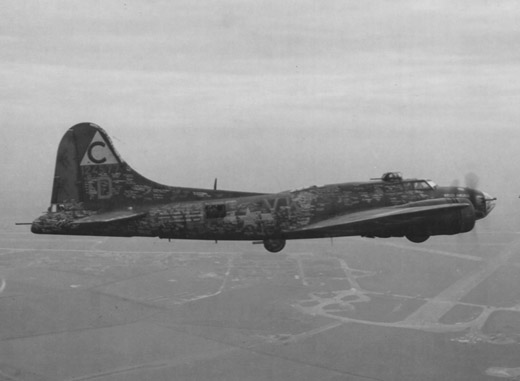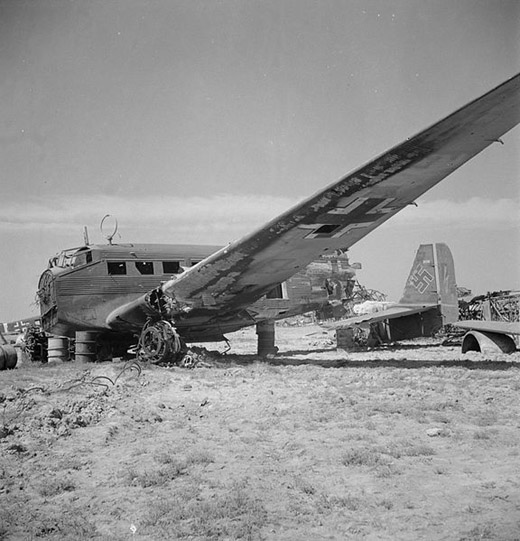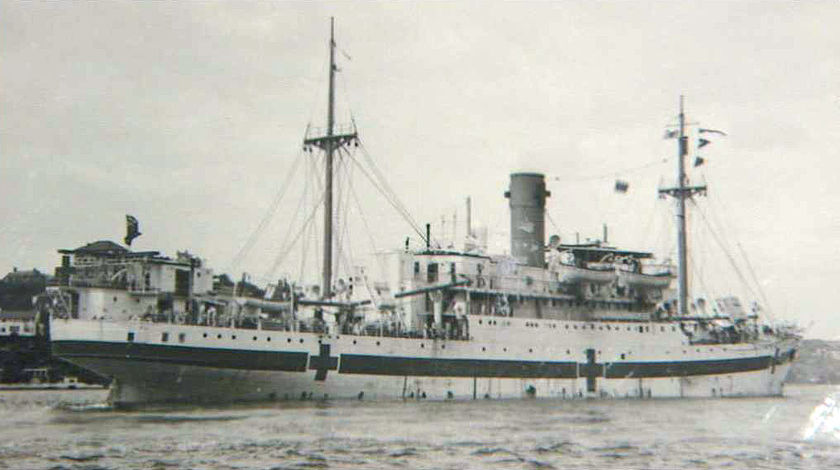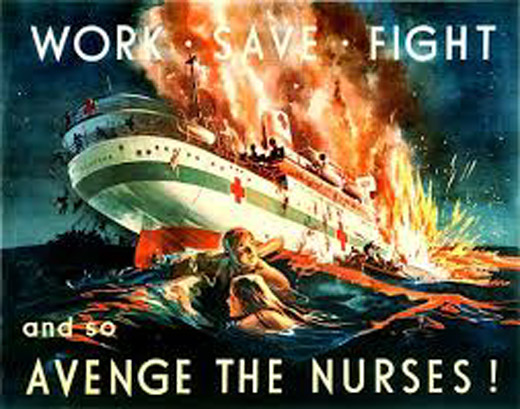Air Operations, Aleutians
Due to bad weather, 11th Air Force aircraft are unable to conduct scheduled bombing attacks against Attu. However, 6 28th Composite Bomb Group B-24s and 5 B-25s are able to provide direct support for US Army troops. 1 re-supply B-24 crashes into a mountain. 2 P-40 fighter-bombers mount a dusk attack against Kiska.
Air Operations, Bismarcks
- 43rd Heavy Bomb Group B-17s and 90th Heavy Bomb Group B-24s attack Rabaul-area airfields.
- V Bomber Command B-25s attack the Gasmata airfield on New Britain. B-17s and B-24s mount inividual attacks against various targets on New Britain.
Air Operations, East Indies
- V Bomber Command B-25s attack Penfoei, Timor.
- 43rd Heavy Bomb Group B-17s and 90th Heavy Bomb Group B-24s mount individual attacks against various targets in the East Indies.
Air Operations, Europe
125 US bombers attack Kiel. 3 U-boats are sunk.
BOMBER COMMANDDaylight Ops:
- 6 Mitchells are sent to bomb the steelworks at Ijmuiden but are recalled.
- 5 OTU Wellingtons drop leaflets over France without a loss.
- RAF bombers continue to pound strategic bases in southern Italy.
303rd BG, 358th BS, 'Hells Angels' |
 |
GERMANY:
- 109 1st Heavy Bomb Wing B-17s and 17 2nd Heavy Bomb Wing B-24s attack the kiel shipyard at high noon with more than 291 tons of bombs.
- 3 B-17s and 8 B-24s are lost, 27 B-17s and 9 B-24s damages; 3 crewmen are killed, 17 wounded, 81 missing
NETHERLANDS:
- In its first combat mission of the war, the specially trained 322nd Medium Bomb Group sends 12 B-26s to attack the power plant at Ijmuiden at very low level dropping 43 500-puund bombs.
- 10 planes are damage; 7 crewmen wounded
ITALY:
NASAF B-17s attack Civitavecchia.
[Air Operations, New Guinea
43rd Heavy Bomb Group B-17s and 90th Heavy Bomb Group B-24s mount individual attacks against various targets. In the last of a series of Japanese Navy air attack missions going back to March 11, a total of 40 G4M 'Betty' bombers and A6M Zeros attack the Oro Bay-Dobodura area. P-38s of the 49th Fighter Groupís 8th Fighter Squadron bring down a reconnaissance plane near Buna at 0935 hours, and 11 'Bettys', and 10 Zeros near Oro Bay between 1030 and 1045 hours. 1 P-38 and its pilot are lost.
[Air Operations, Sardinia
- NAAF P-38s escorting an attack on Cagliari by RAF Wellington bombers attack a tunnel, a barracks, an airdrome, a power station, and several factories. 3 Axis aircraft are downed about 1300 hours by 82nd Fighter Group P-38s.
- NASAF B-26s attack Porto Ponte Romano.
- NASAF B-25s and escorting P-38s attack Olbia and claim the destruction of 3 Axis vessels.
Air Operations, Sicily
1 Luftwaffe medium bomber is downed over Gela at 1300 hours by a 14th Fighter Group P-38.
[Air Operations, Solomons
- During the early evening, XIII Bomber Command B-24s mount individual attacks against the airfield at Ballale, the Kahili airfield on Bougainville, and the Munda Point airfield on New Georgia.
- During the night, B-17s attack the Kahili airfield on Bougainville.
Aleutians
On Attu, the Massacre Bay force, employing the 2nd Battalion of the 32nd Infantry on the left and the 3rd Battalion of the 17th Infantry on the right, continues fruitless and costly efforts to break into Jarmin Pass. The Holtz Bay force prepares for a strong southward attack but postpones it since the 3rd Battalion of the 32nd Infantry is unable to reach attack positions in time. Adverse weather conditions limit air support of the troops, but surface vessel continue to bombard enemy positions.
[Battle of the Atlantic
The German submarine U-657 is sunk by naval land-based aircraft (VP-84) in the North Atlantic area.
| Class | Type VIIC |
| CO | Kapitänleutnant Heinrich Gollnitz |
| Location | Atlantic, SW of Iceland |
| Cause | Air attack |
| Casualties | 47 |
| Survivors | None |
Italy, Home Front
The Under-Secretaries for War, Air and Navy announce anti-invasion measures.
[Mediterranean
Pantelleria is blockaded.
[ Wrecks of German Junkers Ju-52s |
 |
Pacific
- The Australian hospital ship Centaur is sunk off Brisbane by Japanese submarine I-177 despite being clearly marked as a medical vessel. 268 people are killed with only 63 survivors.
- The US motor torpeod boats PT-150 and PT-152 sink the Japanese submarine RO-102 in the Vitiaz Strait, New Guinea.
| >
|

